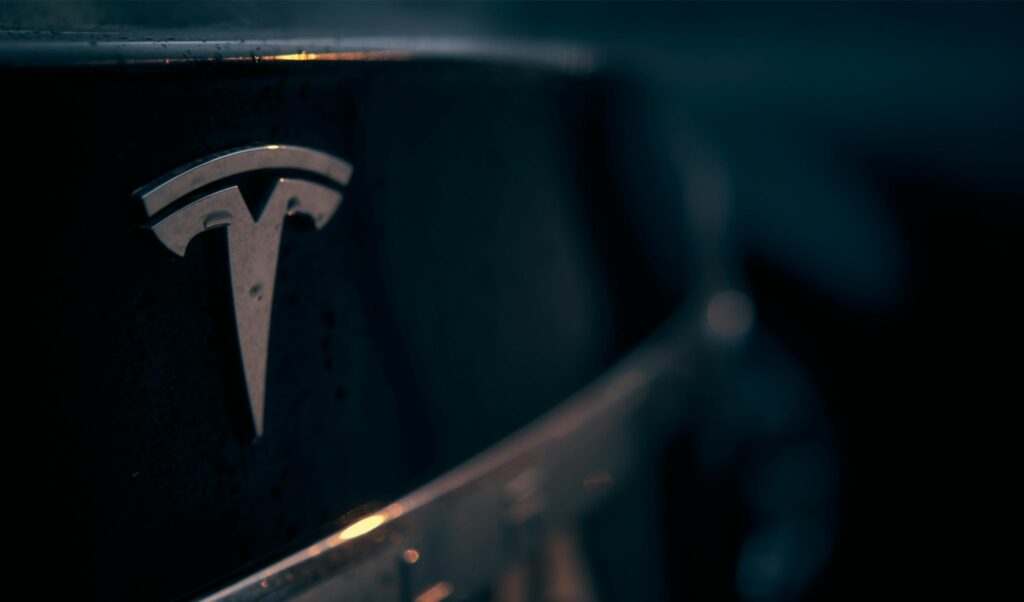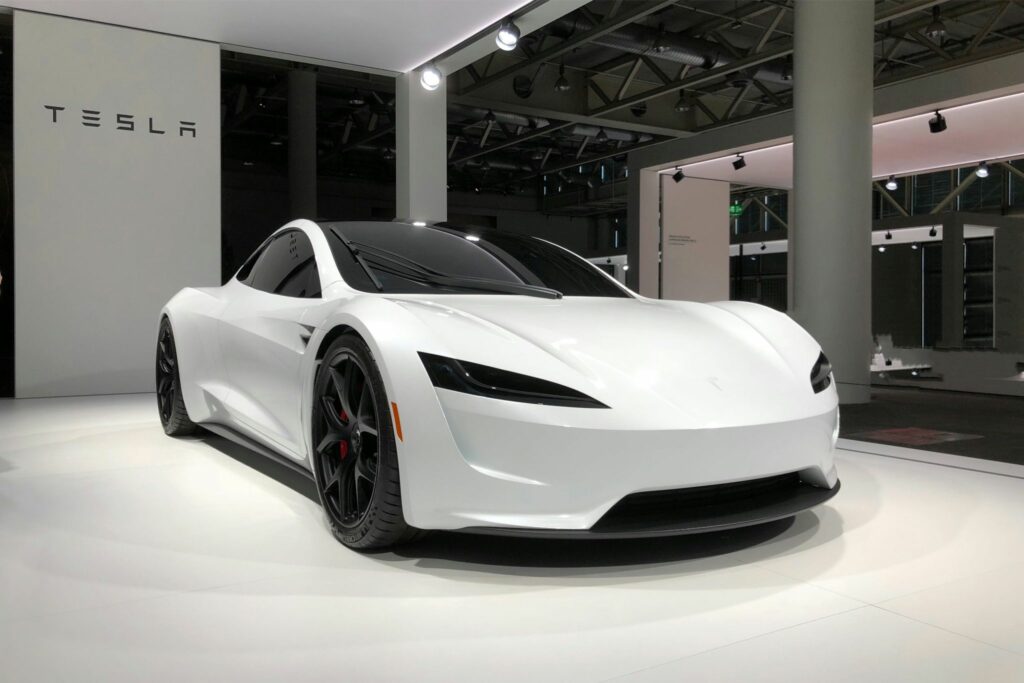The range of a Tesla Model S is 373 miles. Except, it isn’t. Although the former statement may be stated in the brochure, it is typically not what the car physically accomplishes, according to a recent Reuters exposé.
Elon Musk, the CEO of the business, who you may be familiar with, had previously told his staff to use optimistic range estimates in all of Tesla’s marketing. “Elon wanted to show good range numbers when fully charged,” a source disclosed to Reuters. “When you buy a car off the lot seeing 350-mile, 400-mile range, it makes you feel good.”
However, when subjected to objective testing or driven in more standard circumstances, Tesla’s cars consistently perform poorly. US officials requested that Tesla cut the advertised range by 3%. Authorities in South Korea punished the company because they discovered that the difference was 26% less than what was promised. The independent testing firm SAE discovered comparable flaws.
“Thousands of drivers buy new Teslas every week, partly on the basis of the stated range of their new vehicle.” The Reuters story claims that Tesla and its two-stage range calculation method are the source of the problem. Following a complete charge, these vehicles typically inflate the range indicated by their dashboard metres by underestimating power losses resulting from chilly weather or unpredictable driving habits. To guarantee that drivers are not left stranded by erroneous range forecasts and a quickly drained battery, these projections abruptly become more realistic once a battery reaches less than 50% of its remaining charge.
It’s crucial to remember that by using this adaptable range estimating method, Tesla is not breaking any laws. In fact, that isn’t even the purpose of this essay. The following development will astound you in the field of marketing and serve as the foundation for the next 1200 words.
The moment of truth
Every week, thousands of drivers purchase brand-new Teslas, in part because of the car’s claimed range. As expected, the anticipated distance appears on their brand-new dashboard when they first turn it on. However, the owners encounter a sudden and unexplained decrease in their remaining range halfway through their drive. Many drivers start to believe something is amiss with their car because they are unaware of Tesla’s dual approach to distance measurement or the recent Reuters report.

That’s what many of them believe.
Tesla has sold over three million vehicles in the previous four years. Add a four-year warranty period and these enormous numbers to the understandable concerns of automobile owners, and you have the mother of all customer service problems. Numerous Tesla owners have started contacting their dealers to complain about battery issues and schedule an immediate inspection for their vehicles.
Now is the time. The “moment of truth”, as some experts in the field refer to it—a circumstance where a well-managed business will address client problems directly. It should ideally hear the problem, study up on the issue, determine its causes, examine the brand values and product positioning of the company, and then, not in spite of the issue, but rather because of it and the manner it was handled, save the day with such skill and panache that the client is left even more pleased with the business.
These kinds of circumstances do happen. Ironically, Tesla and Musk provide an excellent illustration of how to achieve this kind of redeeming resolution. When other Tesla owners wouldn’t move their already fully charged vehicles out of their supercharger spot in 2016, Loic Le Meur became so irate that he tweeted directly to Musk. In a matter of hours, Musk replied and seemingly modified his algorithm for charging in order to penalise customers who left their fully charged vehicle plugged in after a certain point.
It was quick. It was efficient. It was cutting-edge. It embodied the essence of Tesla—focused on enhancing the lives of its customer base. For those who owned a Ford or, heaven forbid, a Jeep, they watched the story unfold with a blend of admiration, motivation, and envy.
Project ‘diversion’
Seven years and millions of cars later, Tesla and Elon Musk have evolved. According to Reuters, Tesla implemented a “diversion team” tasked with handling up to two thousand customer inquiries per week about car range issues, aiming to steer them away from service.
Initially, Tesla’s diversion team remotely checked customers’ cars and reassured them that everything was fine, advising against service. They explained that range estimates were predictions, not guarantees, and that battery degradation over time was normal.
Over time, even when issues were detected remotely, the team took no action, focusing solely on diverting customers away from service. Eventually, Tesla reportedly modified its app to prevent customers from complaining about range from scheduling service appointments.
This approach left thousands of customers told their cars were fine without proper diagnostics, all in the pursuit of diversion rather than maintenance.
A culture of market orientation
In the late 1980s, marketing scholars began to operationalise the concept of market orientation, leading to two distinct definitions. Professors Ajay Kohli and Bernard Jaworski viewed market orientation as a combination of market intelligence, dissemination of this intelligence within the organisation and responsiveness to it. Their perspective emphasised specific tasks that contributed to market orientation.
In contrast, Professors Stanley Slater and John Narver focused on market orientation as a cultural foundation within companies. They emphasised a company’s purpose, its ability to learn from customers, and its capacity for improvement and adaptation. According to Narver and Slater, market-oriented companies prioritise customer needs and view customers as the reason for their existence and future success.
The revelations about Tesla’s practices should be understood from this cultural perspective. Allegations of bending the truth about product performance and setting up teams to obfuscate resulting issues raise concerns about transparency and ethics, reflecting potential deficiencies in Tesla’s market orientation.

A company’s market orientation, rooted in respect for its customers, is crucial for long-term success. While companies can succeed temporarily with great products, low prices, or effective advertising, those with a strong market orientation tend to excel over time. They develop better products, deliver superior service, and experience faster growth. Jeff Bezos famously emphasised the importance of a customer-obsessed culture, which aligns with the principles of market orientation.
Who is Elon Musk?
What became of Elon Musk in 2016 is the unsolved mystery in all of this. The one that actively sought to improve things after learning from and listening to clients on social media? How far away did he go? There were other instances where the current Musk intervened and enhanced Tesla’s operations. For a while, he was kind of a marketing idol. Why the shift to a man so unprincipled and uncaring about consumers that he seemed to have assembled a sizable team of executives specifically to keep them from receiving adequate service?
And how does that affect Tesla? It is a common saying that fish rot from the head down. An organisation chooses a leader who understands the market and embodies the concept of customer focus. Corporate behaviours eventually shift in tandem with the culture. Customers lose priority and even become a source of frustration when the same firm is run by someone who is just concerned with the bottom line or meeting product deadlines.
More cars are being sold by Tesla to more clients in more markets than ever before. However, that does not imply a greater focus on the market. This indicates that over the next few years and a few million users, Musk and his team’s current customer-focused strategy will grow significantly.
Now would be a good time for them to take a look at that strategy.
(Tashia Bernardus)
